Polish poultry industry is ready to grow again
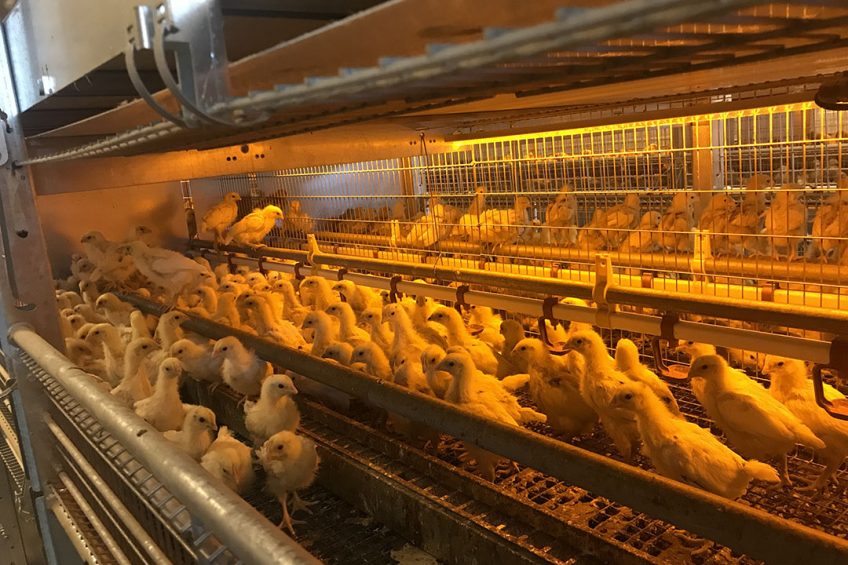
The Polish poultry industry is recovering from a devastating 6-month period. First, its exports were hit by the AI epidemic when, a few months later, the Covid-19 pandemic inflicted even more damage. Now companies are ready to regain their position on the global poultry market and are even planning to expand into Africa and Asia. Some challenges remain, however.
“The last couple of years have been very profitable for the Polish poultry industry, production grew every year. Growth was driven by the dynamic export developments and, to a lesser extent, growing domestic consumption,” Dariusz Goszczynski, director of the Polish National Poultry Council – Chamber of Commerce (KRD-IG) told Poultry World. Statistics show that that average poultrymeat consumption increased in 2019 to 27.5 kilos per capita, 0.5kg or 1.9% more than in 2018. Over the same period poultrymeat consumption in the EU increased by 0.1kg, or 0.4%. Based on a year-on-year comparison, overall poultry production in 2019 went up by 1.9% to 2.8 million tonnes.
Polish poultry producers ended 2019 on a high but the start of 2020 came with a major setback. The first outbreak of avian influenza in Poland was officially confirmed on 2 January 2020. Since then, there have been 34 new outbreaks on farms. The last outbreak was confirmed in late March. “The closure of lucrative non-EU markets, such as China and South Africa, was the greatest blow to Polish producers of poultrymeat and poultry products,” Goszczynski said. He added that swift action to contain the virus limited the number of outbreaks substantially. Goszcynski: “During an outbreak 3 years ago we saw double the number of infections. This time around the virus was under control quite quickly. Now, after the summer, we can officially state that Poland is free of AI. In accordance with the international provisions, the state can restart exports 3 months after the last outbreak was suppressed. This creates a sound foundation for the further development of the poultry industry in Poland – returning to markets previously lost and further diversification of the sale of poultry products.”
Covid-19 fallout
“The Covid pandemic disrupted the supply chains and many producers were suddenly faced with huge, unprecedented challenges. As the biggest poultry producer in the EU, Poland suffered greatly as a result of the lockdown. As much as 50% of our production was exported to over 100 countries worldwide and many orders were cancelled,” explained Goszczynski. The situation was further aggravated by the turmoil in the domestic hospitality segment, causing a full-scale oversupply crisis. “Meat intended for export was stored in freezers but the available space was very limited. The resulting domino effect impacted not only the processing plants, but breeders too. The prices of broilers started to drop below cost price. Despite all of this, the European Commission did not launch any aid schemes and the poultry sector was left to fend for itself. Luckily the situation is now slowly returning to normal but the industry will be affected by the aftermath of this year’s AI epidemic and Covid pandemic for a long time,” Goszczynski added.

During the turbulent first 6 months of 2020 there was some relief for Polish meat exporters due to the devaluation of the national currency. “Despite the restrictions introduced on international trade, the value of Polish meat exports in the period from January to April 2020 reached a level of € 2.1 billion, similar to that of the previous year. This was due to the strong depreciation of the zloty against the euro and the US dollar,” the Polish Investment and Trade Agency (PAIH) press office told Poultry World.
“With a 38% share in the total value of meat exports, poultrymeat is by far Poland’s largest agricultural export commodity. We do not have the data for May and June, but fewer orders from the EU hospitality sector may negatively affect the total value of foreign sales by Polish poultry producers,” the PAIH press office added. The Covid-19 pandemic has hit the Polish poultry industry really hard – the slump in sales on the domestic market was the worst among all European countries. However, the industry is likely to bounce back quickly, as shown by a study conducted by the Polish consultancy Crédit Agricole. “The worsening economic conditions of households will contribute to a growth in demand and better prices for poultry, as it will replace pork on people’s tables.”
 Covid-19: Impact on the global poultry sector
Covid-19: Impact on the global poultry sector
The coronavirus has had a huge impact on daily life from the man on the street to businesses. And the poultry sector, even more essential than ever, has not gone unscathed. Keep up-to-date.
Exports still promising
In 2019, Polish producers increased both the poultry export volume and its value by 11%. At € 3.1 billion, the poultry industry was one of the more buoyant sectors of the Polish economy. “EU member states, such as Germany, the Czech Republic and the Netherlands, are the main buyers of Polish poultry products. The UK also remains an important market – it is the top importer of poultry products and second most important importer of fresh and frozen poultrymeat. This means that Brexit will be a major challenge for us. In 2020 the poultry export rules for the UK remain unchanged. Together with AVEC, the National Poultry Council – Chamber of Commerce is doing its best to maintain the status quo,” Goszczynski said.
According to the PAIH, Poland is EU leader in the production and export of poultry. Among its largest recipients in 2019 were: Germany with a 15% share, the United Kingdom with 8%, the Netherlands with 8%, France with 6% and the Czech Republic with 5%. It is also worth noting that as much as 29% of Polish poultry exports go to markets outside of the EU’s customs territory, e.g. Ukraine (7%) and South Africa (3%), with (2%) going to Hong Kong, Ghana, Cuba and China. “We want to keep on growing on the Asian market. To that end, we are introducing a range of activities to promote our poultry in such countries as China, Japan and Singapore. The African market also looks promising. Nowhere else in the world is the consumption of poultry growing so quickly,” Goszczynski added.

“With existing markets closed due to the pandemic, Polish producers had a unique opportunity to explore new markets. One of these is Singapore. Talks between Polish producers and local distributors have been going on since April. They were stepped up in June and we are expecting the first orders soon. On top of that, since the end of May, Polish poultry exports were allowed into the very promising UAE market. The Emirates started buying poultrymeat to increase its ‘strategic nutritional reserve’,” the PAIH press office stated.
“We are also looking into the situation in South Africa which we consider to be a prospective market. On the one hand, the importers there welcome us warmly. While on the other hand, there are domestic producers who want to protect their market,” noted Goszczynski.
Politics an obstacle
Poultry producers in Poland do have concerns about the growing competition on the global market. Neighbouring Ukraine is becoming a more active player in the international arena. Some players there do export large quantities of poultry but are also buying production and processing assets in other countries to incorporate them into their production chain. “The ‘from farm to fork’ strategy, which is an element of the European Green Deal, may slow further growth. The worst case scenario is that too many rules and regulations could put us at a competitive disadvantage, leading to a situation where EU food security is endangered,” Goszczynski said. In his view, this affects not only the poultry industry but the whole agricultural sector.
Due to increasing regulatory pressure, Polish producers will not be able to compete with cheap meat from third countries, such as Brazil or Ukraine. As a result, Poland and the EU will no longer be competitive worldwide,” Goszczynski added.
The Polish Agricultural Ministry recently got the green light from the government to provide financial assistance to poultry farmers. Jan Krzysztof Ardanowski, Poland’s Minister of Agriculture announced on 6 June, “When the European Union refused to support farmers directly from its budget, I offered to allocate part of the funds given to Poland under the rural territories development programme to support companies hit by the coronavirus. I asked for € 1 billion and a few days ago European Commission agreed, but to a far smaller amount – PLN1 billion (€ 220m). The Polish government consistently supports its agricultural industry. In 2018 and 2019, we allocated PLN4.5 billion (€ 1bn) for this purpose. For comparison, in 2015 this figure was PLN450 million (€ 98m), 10 times lower.”
Join 31,000+ subscribers
Subscribe to our newsletter to stay updated about all the need-to-know content in the poultry sector, three times a week. Beheer
Beheer

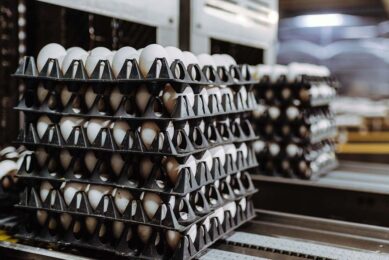
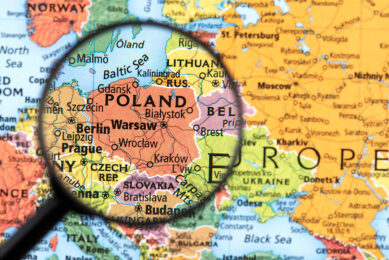
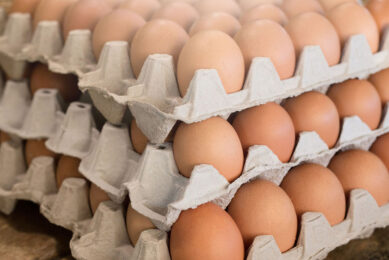
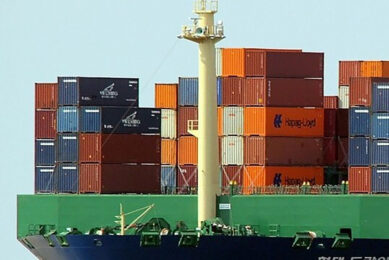



 WP Admin
WP Admin  Bewerk bericht
Bewerk bericht